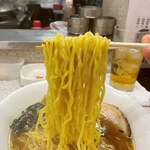
加賀
Kaga
3.05
Ayase, Takenotsuka
「Ramen」
--
--
東京都足立区鹿浜6-34-5
Photos
(20)
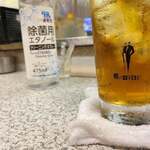
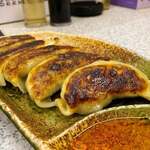
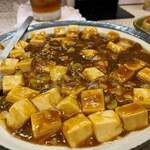
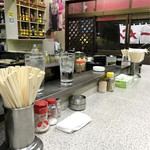
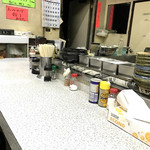
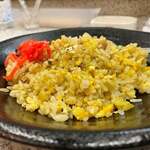

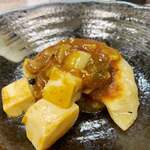
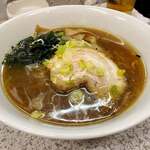
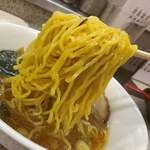
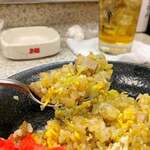
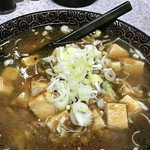
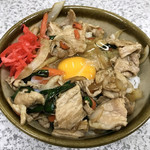
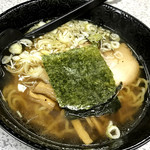
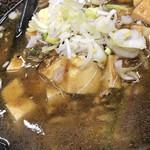
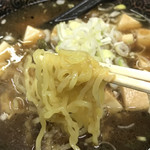
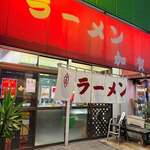
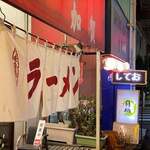
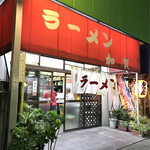
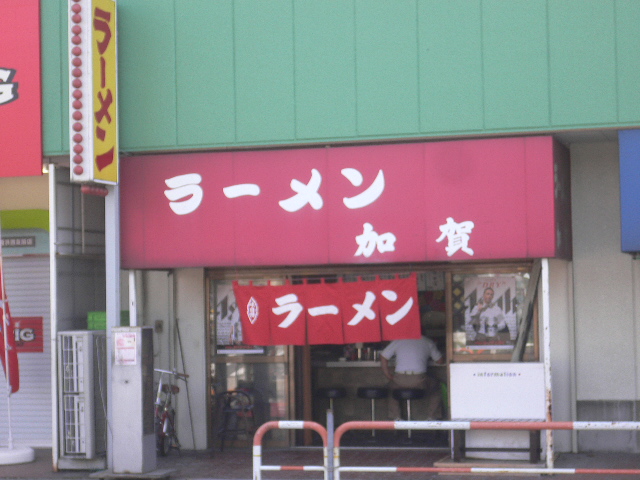
Details
Comments
(6)
東京ホルモンズ
3.50
Ramen Kaga @ Adachi-ku Kaga - Maybe this is it... We, the Tokyo Hormones, are a group of foodies checking our schedule at Ramen Kaga @ Adachi-ku Kaga. Today we visited a local Chinese ramen joint, Ramen Kaga, for drinks and a late-night meal. The hot towel is self-service and the highball is strong enough to make you shiver. We ordered gyoza and mapo tofu as appetizers, and now it's time for the main dish. It's nice to drink in the local area, easy and convenient. You can get home even if you get really drunk, unlike when you drink outside the area and have to take a train, then a bus or taxi to get back. But drinking too much isn't good, so let's finish up and head home slowly. Shall we? Today, I'll go for a half portion of ramen again! Wow, this is amazing! The oily, animalistic flavor with a hint of spiciness reminds me of that place... The half portion with a smooth finish is a perfect side dish. Maybe we stumbled upon an amazing restaurant? Check out my Twitter: https://twitter.com/tokyo_horumon. I want to go to Sapporo! -------------------------------------------- Restaurant Name: Ramen Kaga Location: Kaga, Adachi-ku --------------------------------------------




nakauesugihara
2.80
I visited the restaurant on a weekday night. There was only one other customer. I ordered the Stamina Don set for 900 yen. It arrived in about 10 minutes. The set included Stamina Don and half a bowl of ramen. It tasted average. The portion size was good. Looking around the restaurant, it had a long L-shaped counter with a spacious feel. The interior had a vintage atmosphere with TVs, newspapers, and manga available, so even dining alone wouldn't be boring. However, honestly, it felt more old-fashioned than retro, and there were some concerns about cleanliness. It was not quite what I had expected. Thank you for the meal.
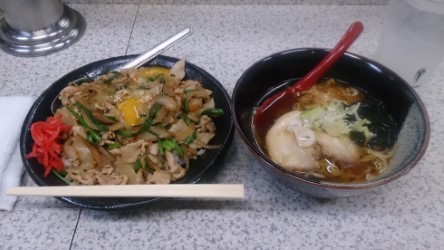
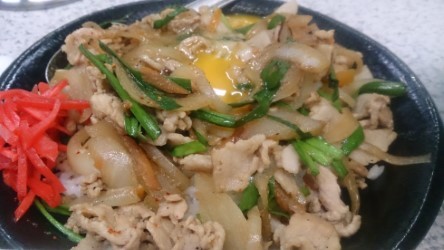
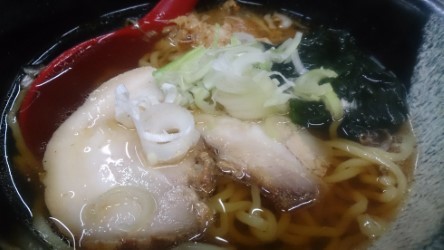
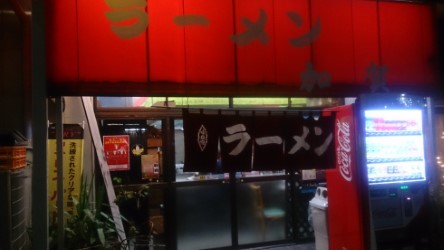
禿げ様
3.00
I received a set of miso ramen. The light miso soup paired surprisingly well with the soft, thin noodles. The dumplings had a chewy skin and a satisfying amount of rice. I was very pleased with the meal. Thank you.
CheRie
3.20
I finally decided to visit a ramen shop that I had been curious about for a long time. The interior was surprisingly spacious with a counter in the shape of a "C". There were a few regular customers already there when I arrived. I ordered the curry ramen, but they were out of curry. The elderly couple running the shop apologized sincerely for the inconvenience. I ended up ordering the following:
- Mabo Ramen: $8
I asked for it to be a little spicy, and they confirmed if I was okay with green chili peppers. The ramen didn't look very spicy, but it had a slight kick to it. It had chopped ginger in it, and the occasional hint of ginger added a nice touch. The flavor was not too strong, and it had a simple yet delicious taste. I might have preferred it to be spicier as I like spicy food.
My friend ordered:
- Stamina Set: $9
This set included ramen, half a beef bowl, and a boiled egg. The beef bowl, even though it was only half, was quite filling. I tried a bite, and the aroma of sesame oil was appetizing. My friend mentioned that the ramen soup was a bit light, so perhaps adding the mabo topping like in my dish would be just right. As we were eating, two more regular customers arrived. It seemed like the place also served as a pub, as some customers were holding bottle keeps from Jinro. The staff, a lady, was chatting with the regulars while cleaning various parts of the shop. Despite the shop looking quite old, it was well-maintained and clean.
I asked until what time they were open, and they said until 4 or 5 in the morning, depending on the regulars and how long they wanted to drink.




アールアイ
3.40
Adachi-ku, Kanahama 6-chome. It was in early March when I visited a soba restaurant called Suzunoya near the Kanahama Danchi. I got on the Adachi Community Bus "Harukaze" from Kita-Senju Station, heading towards the final stop at Kanahama 5-chome Danchi. As we were about to arrive at the Kagamachi 1-chome bus stop, a dull red awning of a ramen shop caught my eye from the bus window. The shop seemed to be called Ramen Kagamachi, but the area was actually Adachi-ku Kagamachi. It was a bit of a straightforward naming that made me chuckle. Although I didn't have high expectations for the taste, I was somehow drawn to it. When it comes to food establishments that pique my interest, they usually have plenty of points to nitpick, as readers may already know. On a weekend in early April during the Golden Week holidays, under the bright blue sky, most people would go sightseeing or to bustling areas, but I, being contrarian, headed to a remote area of Adachi-ku. Once again, I boarded the Adachi Community Bus "Harukaze" from Kita-Senju, surrounded by passengers mostly women, children, and elderly returning from shopping in Kita-Senju. Among them was a middle-aged man with a conspicuous presence, wearing sunglasses. Just to be safe, I launched the Tabelog app on my phone during the bus ride to check the store information and reviews of Ramen Kagamachi. Surprisingly, the address of the shop was in Kanahama. I had mistakenly assumed it was in Kagamachi, so that misconception was quickly shattered. Although it was an area adjacent to Kagamachi, it added another point to nitpick. I arrived at the shop in less than two minutes on foot, and I could see a middle-aged man dining at the counter near the entrance. As soon as I entered, I saw the owner in the L-shaped counter kitchen. He had a messy head of white hair and a somewhat shady appearance. As I looked at the menu posted on the wall, an oddly named menu called "Rosen Ramen" caught my eye. I didn't know if it was the owner's name, but when I asked about it, he explained in a soft voice that it was a spicy ramen. Not being a fan of spicy food, I passed on it right away. I had another place to visit later, so I decided to order the Tanmen (700 yen) for a lighter meal. When asked if I wanted a large serving, I politely declined, as I have a small appetite. I waited for my order while picking up a sports newspaper placed on the counter. On my way back to my seat, I noticed a sign that said they were offering free extra noodles until 9:00. I had thought it was only available during lunchtime, but it seemed they offered it in the evening as well. However, offering it until 9:00, even though it wasn't closing time, seemed a bit odd. Perhaps they leaned more towards using it as an izakaya rather than a ramen shop, as evidenced by the row of bottles of Muro and Chamisul lined up on the drink shelf. The extensive menu of appetizers not typical of a ramen shop tells a story. Soon, the Tanmen was ready and placed in front of me. It looked similar to the Tanmen from Big Ramen I reviewed before. The soup's slightly yellowish color didn't whet my appetite. However, I couldn't help but wonder if they could do something about the wooden ladle-like spoon accompanying the bowl. It was seen in Sapporo ramen shops, but it was difficult to scoop the soup, and the wide mouth made it hard to drink. I couldn't help but think that a normal spoon would be sufficient. As I quietly continued eating, a man in work clothes entered through the back door carrying a wooden box in his hands. It was labeled "Sapporo Seimen," and inside were bags of noodles. It seemed they used noodles from Sapporo Seimen. The wooden ladle-like spoon may have been influenced by that, but it seemed that Sapporo Seimen was used.

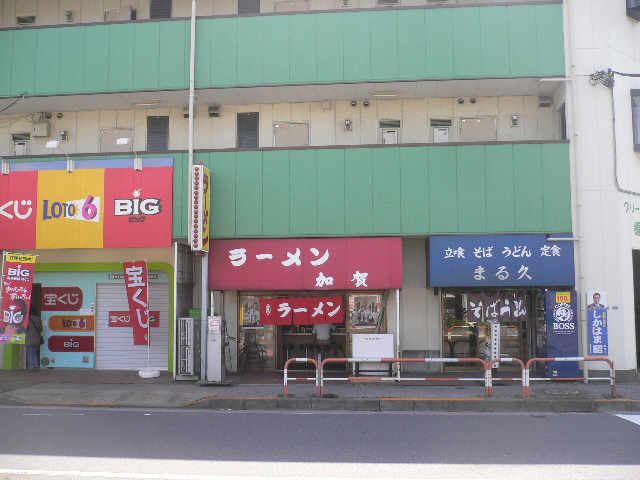
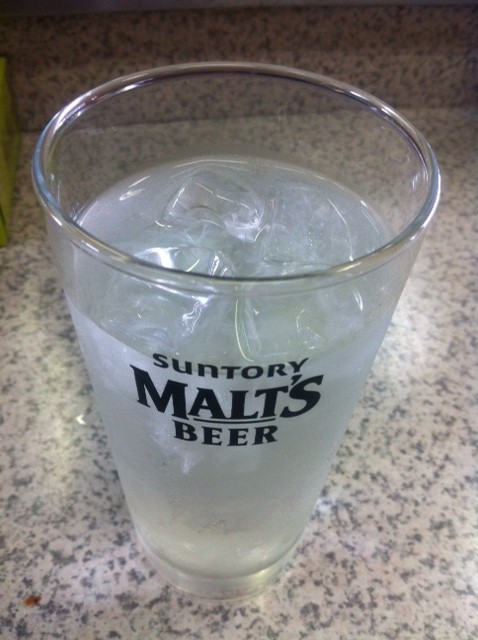
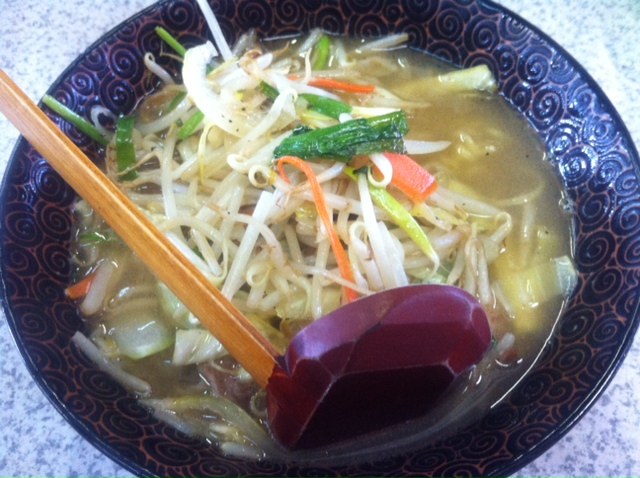
mac(^^)v
3.00
Adachi-ku has a ramen shop in Kaga that seems to be found anywhere, but their Negi Ramen is really delicious! I haven't been there recently, so I'm not sure (lol). I don't recommend anything other than the Negi Ramen... The fried rice is soggy, and the Chashu Ramen has no flavor in the soup... The Chashu is salty... But for some reason, the Negi Ramen is delicious. It's strange (lol).
Email Login